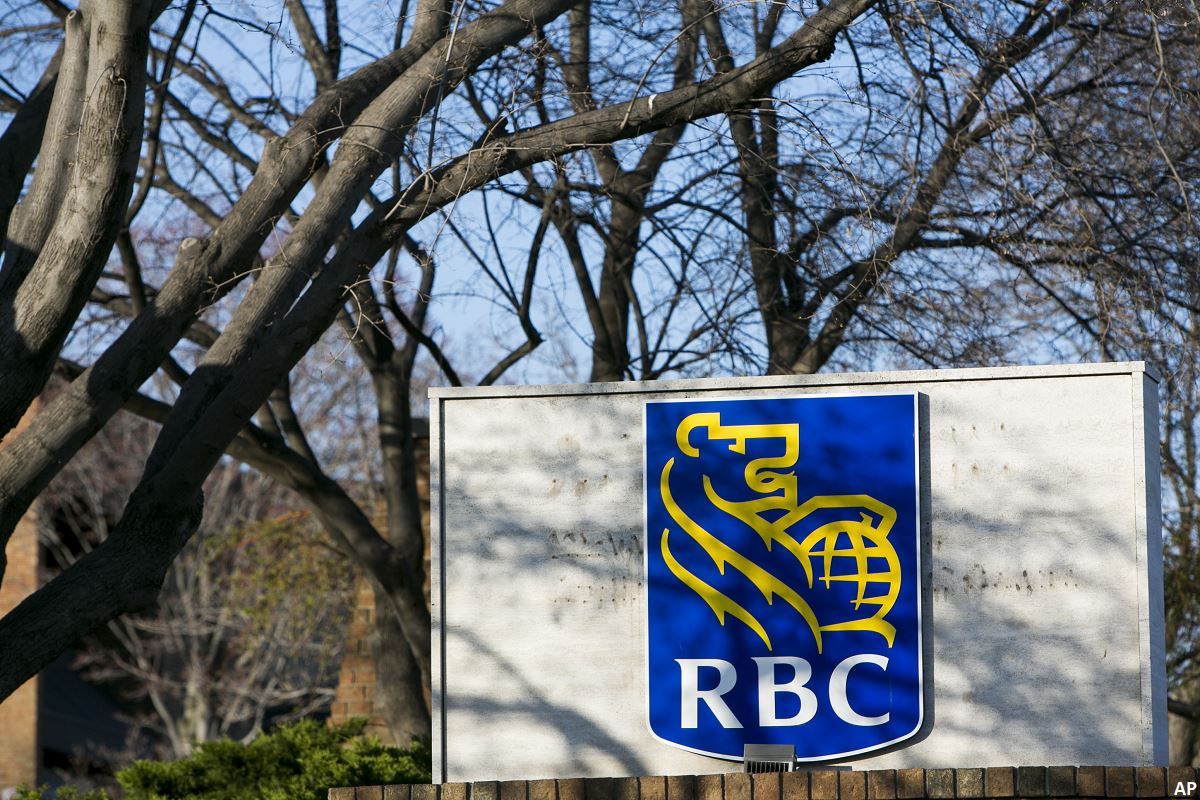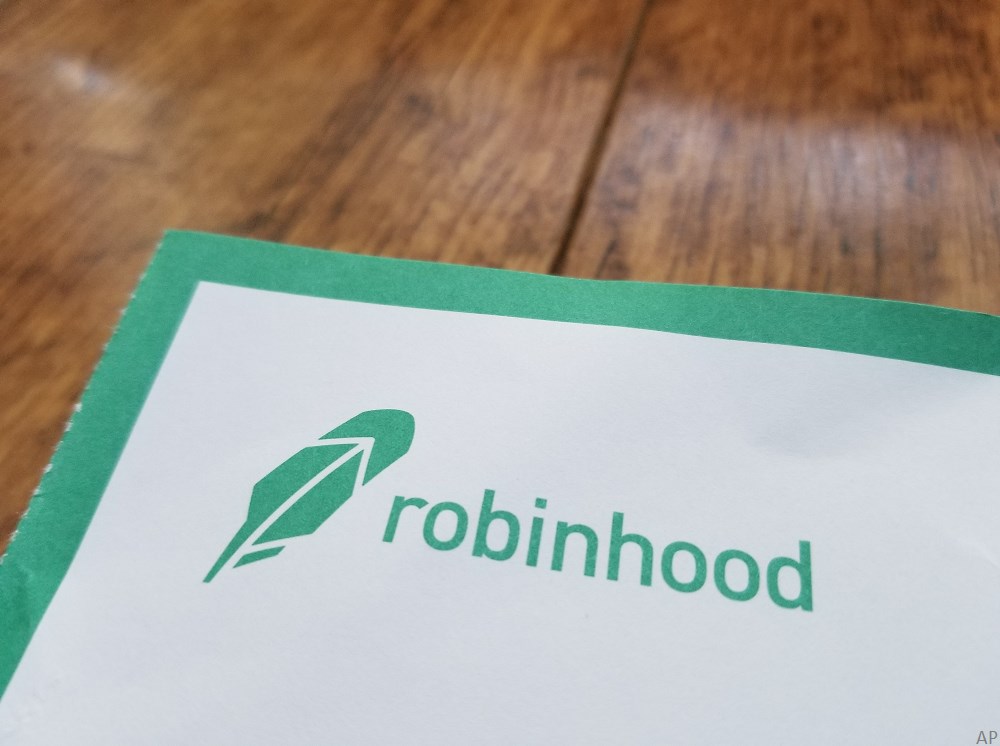
When it comes to retirement accounts, most companies offer too many funds, writes my colleague John Rekenthaler. 15-20 options can intimidate some from starting a plan – and entice others to pick the most trendy, and volatile, performers.
For helping people invest their pensions better, Richard Thaler won a Nobel Prize. He wrote there were too many options even before fund selection. Employees were asked to choose whether to enroll in a plan or not. They were then asked at which rate they wished to contribute. Simple questions, to be sure, but questions that prevented about 20% of workers from getting into a plan in the first place. So, why ask them? Why erect the barriers? Drop new employees into a retirement plan, in specified funds at a specified rate, and be done with the decisions. If those investors wish to make changes, they can. Most will not.
Can this principle be applied to environmental, social and governance (ESG) investing, also known as responsible investing, or sustainable investing? Why not have investments set for ESG by default?
In theory, it should. Most of the young people coming into the market today won’t retire for decades. In that time, the effects of climate change, widespread land and sea pollution, and human impact on the environment, will certainly become starker and more obvious, and will, in turn, impact all facets of lives - including investments anyways.
But it’s not as simple as assigning a default setting. Samantha Lamas, Behavioral Researcher at Morningstar points out. “Given the current ESG landscape, it might be harder to implement. Right, now, there aren’t very many accessible ESG options for investors. Good options may be even harder to find in retirement plans. To add to this barrier, inconsistencies in the naming, ratings, and definition of ESG investments are something that investors must consider,” she points out.
Morningstar Canada’s director of investment research Ian Tam points out that there is no one set investment style called ‘ESG’. “Investing sustainably can take on a few different shapes, which includes investing through an ESG lens. As Morningstar classifies it, ESG integration funds tend to use techniques to manage the degree of environmental, social, and governance risk inherent in their portfolio, which can hold all types of companies. Other funds may exclude specific controversial industries altogether (like tobacco and energy, for example), or invest specifically in an environmental sector like clean energy. Impact funds specify a goal around an area like the reduction of carbon emissions, community housing, or gender and diversity with the aim of improving these areas in a measurable way alongside producing gains for you as an investor,” he points out.
So instead of trying to ‘nudge’ your way to investing sustainably, Lamas recommends building out a checklist to help you start investing with ESG in mind.
Building a Checklist
1. Make a List
Start by listing out values that matter to you in life, not just investing. And then, link these beliefs to goals.
“Your goals should always be the starting point of your financial plan. Contrary to popular belief, those goals aren’t always directly connected to money. Instead, your goals should be about what you want to do with your money. These goals should include your values. Try spending some time brainstorming your values. This may be harder to do than one might think. To get the creative juices flowing, do a quick internet search for values. Include these in your initial brainstorming. Then, go through each value on your list, crossing out the ones that do not resonate with you. Once you have a shorter list, start ranking those values from most important to least important. Keep this list handy when you start making investment decisions,” Lamas says.
2. Invest In What You Value
Ask yourself, can I invest in these values? If so, how? There are many avenues to invest according to ESG, so it’s important to find one that is right for you.
“For example, are you looking to exclude certain types of products or companies from your portfolio? Or, are you looking to invest in initiatives that are working toward a greener future? Or, are you looking to manage the risk companies in your portfolio face because of ESG issues? Which of these strategies will help you stay true to the values you chose in the first step?” Lamas asks.
Once you’ve decided on a strategy, look to trusted resources to help you narrow down your options. For instance, Morningstar Canada’s director of Investment research Ian Tam has come up with a list of the top-performing ESG funds and ETFs. Now past performance is no predictor of future returns. Having said that, these funds might be a place to begin your research. My colleague Andrew Willis has covered Morningstar Sustainalytics’ 10 ESG ideas for 2021 in this series, if you would like to know what trends
“The first thing you need to think about is how you’d like to invest as it pertains to your values. It is not a homogenous space, so a bit of research can go a long way in ensuring your capital is being put to work the way you want to,” Tam warns.
3. Identify & Counter Loss Aversion Bias
Investing sustainably does not mean you must give up performance
Focusing on only funds that leverage ESG integration, Tam notes that Morningstar’s quantitative research suggests that there is no evidence investors need to sacrifice returns when investing in ‘good’ ESG companies compared to ‘bad’ ESG companies, based on Sustainalytics’ individual company ESG Ratings from 2009-2019.
“Anecdotally, we also note that over the 2020 calendar year, 64 of 87 Canadian domiciled funds that Morningstar deems ‘sustainable’ outperformed their respective category averages on an after-fee risk-adjusted basis,” he says.
4. Automate
As a past Morningstar Executive Forum panel discussed, if our attention is strained by far too many things asking for it, the more we can make good behaviour automatic the better. To alleviate stress and information overload, investors and their advisors should look for ways to automate some investment decisions. Pre-authorized services such as regular contributions of new money and automatic portfolio rebalancing prevent investors from "overthinking" their investments.
There are many reasons to automate, automation minimizes errors, and helps save both time and money. “Automation takes advantage of the principal of defaulting that Thaler focused on in his work. It’s a powerful technique because it keeps the action out of sight, out of mind, which can be helpful when it comes to stashing away our money. Meanwhile, a person can be saving toward their goals and values, without even having to think about it!” Lamas says.
5. Use Prompts
This is a very important task, as Morningstar’s director of personal finance Christine Benz explains. “Investors often make the mistake of checking up on their portfolios too frequently, or worse yet, only after big market moves, when they're most inclined to make rash decisions. To help avoid that pitfall, schedule regular check-ups in advance. For most people, one comprehensive portfolio review per year is plenty, and much better than obsessing on a daily basis. Year-end--ideally around Thanksgiving, before the holidays gear up--is a good time to conduct your annual portfolio review because you can still make adjustments for the year,” she says.
But how to incorporate ESG? Lamas recommends adding a simple question into your portfolio review: Does my portfolio reflect my values? “Add this question to your portfolio review sessions so that you don’t forget to make sure your investments are still aligned with your values. Having a pre-defined set of questions to go over during every review session will help make sure you don’t forget to address this important topic,” she says.




















